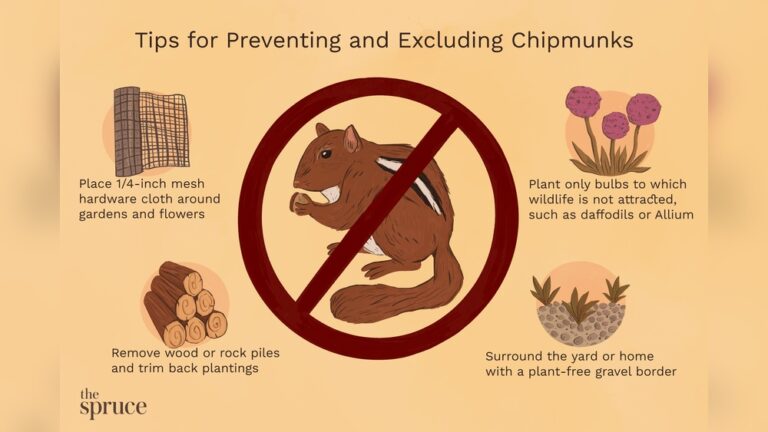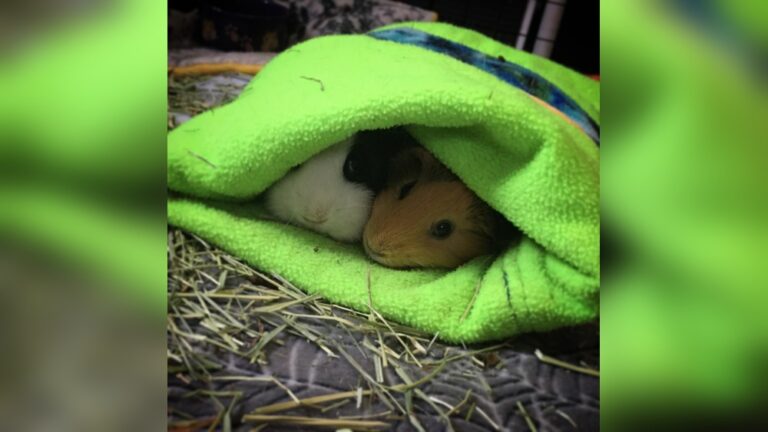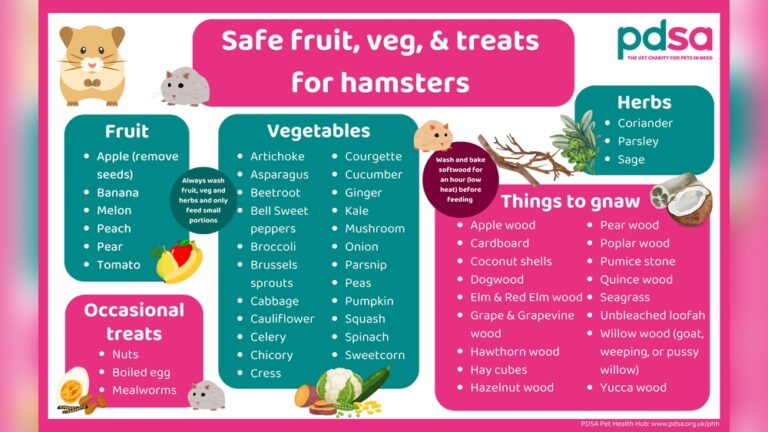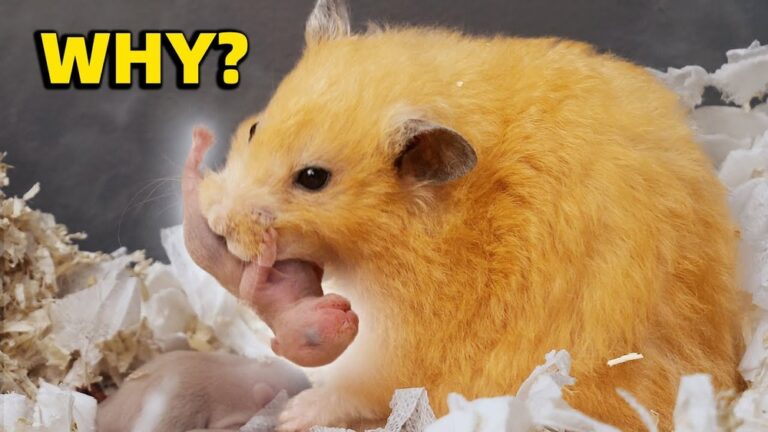Plug Groundhog Holes: Effective Tips to Stop Damage Fast
Are you tired of seeing holes popping up all over your yard? Groundhog holes can turn your beautiful lawn into a risky maze of uneven patches.
Not only do they make your outdoor space look messy, but they can also be a real hazard for you and your family. If you want to keep your lawn smooth, safe, and looking its best, learning how to plug groundhog holes is a must.
You’ll discover simple and effective ways to fix those holes fast, so you can enjoy your yard without worry. Keep reading to find out how to protect your lawn and reclaim your outdoor space today.
Identifying Groundhog Holes
Identifying groundhog holes is the first step to controlling these burrowing animals. Groundhogs create distinct holes with specific signs that help you spot their presence. Recognizing these signs early can prevent damage to your garden and property.
Signs Of Groundhog Activity
Look for fresh dirt piled near holes. Groundhogs push soil out while digging. You may see paths worn through grass or plants. These animals leave tracks and droppings nearby. Groundhog holes have smooth, rounded entrances. The hole size is usually 8 to 12 inches wide. You may notice chewed plants or bark close to the burrow.
Common Locations For Holes
Groundhogs prefer open areas with easy access to food. They often dig near gardens, fields, or edges of woods. Holes appear near fences or under decks and sheds. Look along stone walls or near large trees. These spots offer shelter and safety for groundhogs. Burrows can be found on slopes or flat land too.

Credit: www.trutechinc.com
Risks Of Groundhog Damage
Groundhogs cause serious damage around homes and gardens. Their burrowing habits create risks that many people overlook. These animals dig large holes that can harm plants, lawns, and even building structures. Understanding these risks helps in managing groundhog problems effectively.
Impact On Gardens And Lawns
Groundhogs dig tunnels that ruin garden beds and flower patches. They eat fruits, vegetables, and young plants, destroying your hard work. Lawns suffer too, as holes make the surface uneven and unsafe. Pets and people can easily trip and fall on these holes. The damage lowers the beauty and value of your yard.
Threats To Property Foundations
Groundhog holes near a house can cause big problems. Their tunnels weaken soil under foundations and driveways. This leads to cracks and sinking in structures. Water may collect in the holes, causing erosion around your home. Ignoring these burrows might cause costly repairs later on.
Tools And Materials Needed
Fixing groundhog holes requires the right tools and materials. Having these ready makes the job easier and safer. Below is a list of what you need to start the repair work.
Essential Repair Supplies
- Shovel or spade for digging and filling holes
- Soil or garden dirt to fill the holes
- Heavy-duty gloves to protect your hands
- Wire mesh or hardware cloth to block holes
- Hammer and nails or garden staples to secure mesh
- Water to help compact the soil
- Rake to smooth the filled area
Safety Gear Recommendations
- Sturdy gloves to avoid cuts and scrapes
- Protective eyewear against flying dirt
- Long sleeves and pants to prevent insect bites
- Closed-toe boots for foot protection
- Face mask if dust is present

Credit: www.wikihow.com
Step-by-step Hole Repair
Fixing groundhog holes is important to keep your yard safe and neat. This section explains the step-by-step hole repair process. Follow these easy steps to plug the holes properly.
Cleaning And Preparing The Hole
Start by removing loose dirt and debris from the hole. Use a small shovel or your hands to clear out the loose soil. Make sure the hole is clean and dry before filling.
Remove any roots or rocks that may block the repair. This helps the new soil settle well. Preparing the hole properly ensures a strong patch.
Filling And Compacting Techniques
Fill the hole with fresh soil or a soil mix that matches your yard. Add soil in small layers to avoid air pockets. Press each layer down firmly using your hands or a tool.
Compact the soil well to stop the hole from sinking again. Water the filled hole lightly to help the soil settle. Repeat filling and compacting if needed to make the surface level.
Preventing Future Groundhog Damage
Stopping groundhogs from digging new holes is key to protecting your yard. These animals can cause harm to gardens, plants, and even the foundation of your home. Taking steps to prevent their return saves time and effort later.
Using physical barriers and natural methods can keep groundhogs away. These solutions work without harming the animals or the environment. Here are some ways to block and discourage groundhogs from coming back.
Effective Barriers And Fencing
Install strong fences made of wire mesh. The mesh should be small enough to stop groundhogs from squeezing through. Bury the fence at least 12 inches deep to prevent digging underneath.
Use fences that are 3 to 4 feet tall to block groundhogs from climbing. Angling the top of the fence outward makes climbing harder. Check fences regularly for holes or weak spots.
Natural Repellents And Deterrents
Plant strong-smelling herbs like mint, garlic, or lavender near your garden. These scents can drive groundhogs away. Spread crushed red pepper or garlic powder around areas they visit.
Motion-activated sprinklers or lights can scare groundhogs. The sudden noise or movement makes them avoid your yard. Keep your garden clean by removing fallen fruits and debris to reduce attraction.

Credit: wondersoil.com
When To Seek Professional Help
Plugging groundhog holes can be tricky. Sometimes, the problem is bigger than it looks. Knowing when to seek professional help saves time and effort. Experts can handle severe infestations and prevent future damage. Read on to learn the signs and how to choose the right service.
Signs Of Severe Infestation
Many holes in your yard indicate a serious problem. Groundhogs digging near foundations or gardens show high risk. Damage to plants or structures means the infestation is advanced. Hearing noises in walls or attic suggests they entered your home. Seeing multiple groundhogs frequently means the colony is large. Severe infestations need expert removal to avoid property harm.
Choosing Wildlife Control Services
Choose a service with experience in groundhog removal. Check for licenses and good customer reviews. Ask if they use humane and safe methods. A good company provides a clear plan and follow-up. Compare prices but focus on quality and reliability. Professionals can plug holes correctly and prevent new ones. This ensures your home stays safe and groundhog-free.
How Smart Pets Lover Can Help You with Plug Groundhog Holes
Plug Groundhog Holes: A Hands-On Way to Learn and Protect
Taking the time to plug groundhog holes offers more than just a quick fix—it’s a practical learning opportunity that deepens your understanding of outdoor pet environments and wildlife behavior. As you follow the step-by-step hole repair process, you’ll gain insight into how groundhogs burrow and why certain tools and materials work best to secure your yard.
Remember, identifying groundhog holes accurately helps you address the root cause rather than just the symptoms. This hands-on approach aligns perfectly with the Smart Pets Lover mission to empower pet parents with knowledge, making every repair a chance to feel confident in protecting your furry friends and garden alike.
- Observe the area before plugging holes to avoid disturbing active burrows.
- Use recommended materials to ensure a durable, safe closure.
- Combine hole repair with preventive measures to reduce future damage.
If you ever feel unsure about the extent of groundhog damage or the best way to proceed, consulting a local wildlife expert or pest control professional can provide peace of mind. For more guidance, Smart Pets Lover’s community is always here to share tips where every wag, purr, and chirp tells a story.
Frequently Asked Questions
How Do I Safely Plug Groundhog Holes?
To safely plug groundhog holes, first locate all entrances. Wear gloves and use wire mesh to block holes. Fill the hole with soil, gravel, or stones. Check regularly to ensure no new holes appear. This method prevents groundhogs from re-entering your yard.
What Materials Work Best For Plugging Groundhog Holes?
Wire mesh, soil, gravel, and rocks work best. Wire mesh blocks re-entry, while soil and gravel fill holes. These materials are durable and eco-friendly. They keep groundhogs out effectively. Combining them ensures long-lasting hole repair.
When Is The Best Time To Plug Groundhog Holes?
The best time is late fall or early spring. Groundhogs are less active, often hibernating during these periods. Sealing holes then reduces the chance of animals inside. It also stops new groundhogs from moving in during warmer months.
Can Plugging Holes Prevent Groundhog Damage?
Yes, plugging holes limits groundhog access to your yard. It reduces burrowing and damage to plants and structures. Effective hole sealing combined with garden protection discourages groundhogs. This helps maintain a healthy, damage-free garden environment.
Conclusion
Plugging groundhog holes keeps your yard safe and neat. It stops animals from coming back and causing damage. Use simple tools and materials to fill holes well. Check your yard often to catch new holes early. Small efforts now save big problems later.
Protect your garden and lawn with steady care. Groundhog control is easier than you think. Take action today for a cleaner, safer outdoor space.





